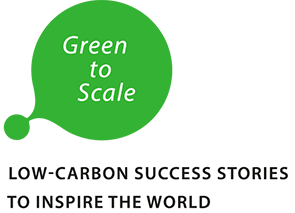
by GaiaInnovations | Nov 21, 2016
Proven low-carbon solutions available for countries to choose from. See the solutions here.
The Finnish Innovation Fund Sitra has teamed up in 2016 with the Nordic Council of Ministers and distinguished institutions from all the Nordic countries to answer a simple question: how far could we go simply by scaling up already proven Nordic low-carbon solutions? The Green to Scale project has combined innovative analysis with active communication.
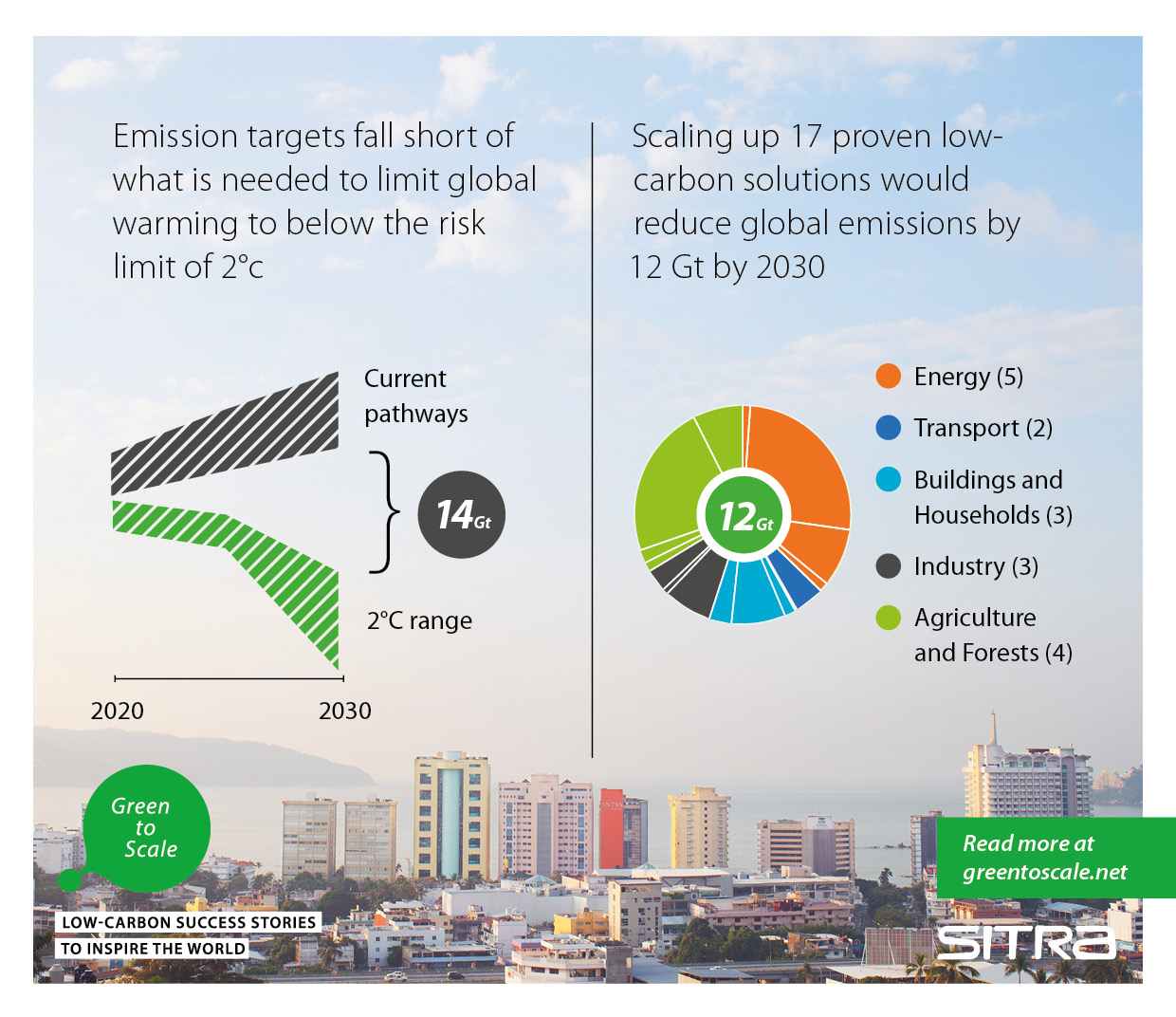
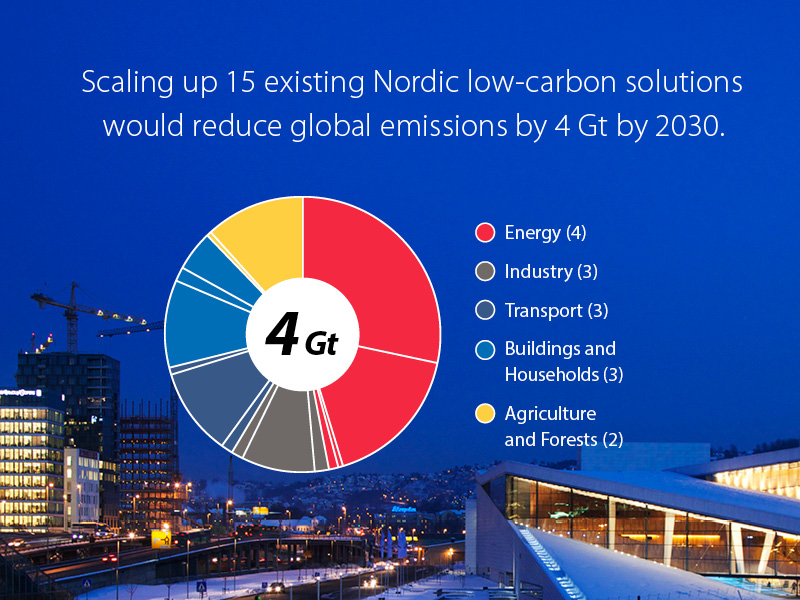
by GaiaInnovations | Nov 21, 2016
By scaling up just 15 proven Nordic solutions, countries all over the world can save 4 Gt of emissions every year by 2030 which is as much as the EU produces today. The costs for this scale-up equal the amount spent in just 9 days on fossil fuel subsidies.
These results come from the Nordic Green to Scale study which was launched during the UN Climate Conference in Marrakech.
Check out all the 15 solutions here.
The Finnish Innovation Fund Sitra has partnered with the Nordic Council of Ministers and distinguished institutions from all Nordic countries to answer a simple question: how far could we go simply by scaling up existing Nordic low-carbon solutions to a level of adoption in 2030 that has already been achieved by one or more Nordic countries today…
Read the whole article by Christian Bjørnæs in CICERO.

by GaiaInnovations | Oct 22, 2016
The Green Optimistic publishes news on alternative energy and environmentally-friendly technologies since February 2008.
Our mission is to wake up the common sense in our readers and make them think of our planet and how they can too contribute to its well-being.
Due to the large number of green technologies recently invented, one might be confused while choosing a lifestyle that’s both comfortable and environmentally-friendly.
We’re here to make that decision clearer by showing our readers the most important green discoveries and technologies that affect people on a wide scale, or examples worth following.
This information comes from the website of The Green Optimistic.
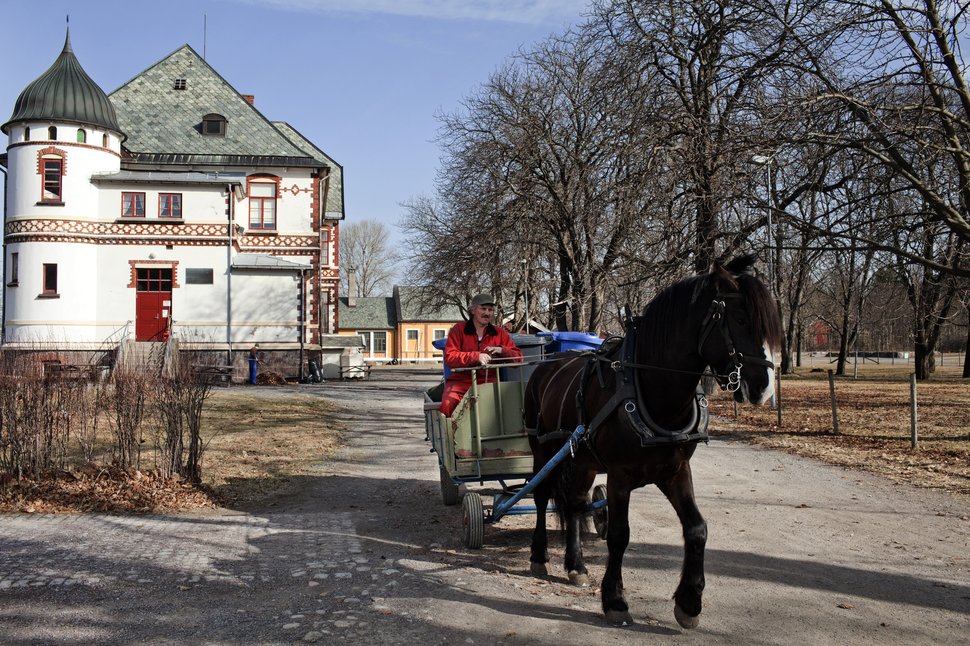
by GaiaInnovations | Oct 19, 2016
Norway Proves That Treating Prison Inmates As Human Beings Actually Works.
Bastoy is an open prison, a concept born in Finland during the 1930s and now part of the norm throughout Scandinavia, where prisoners can sometimes keep their jobs on the outside while serving time, commuting daily. Thirty percent of Norway’s prisons are open, and Bastoy, a notorious reformatory for boys converted in 1982 to a prison, is considered the crown jewel of them all.
A small yellow van driven by a smiling officer carried me to a cabin where I checked my phone in, the first thing that remotely suggested “prison.” Tom, the governor ― not warden or superintendent but governor ― looked like Kevin Costner. He offered me a cup of coffee, and we took a seat in his office, which, with its floral drapes, aloe plants and faintly perfumed, cinder scent, reminded me of a quaint bed-and-breakfast somewhere in New England.
“It doesn’t work. We only do it because we’re lazy,” Tom said flatly. He was talking about the traditional prison system, where he was stationed for 22 years before running this open prison. A fly buzzed loudly by the window as Tom went on.
“I started skeptical. That changed quickly. More prisons should be open ― almost all should be. We take as many as we can here, but there isn’t room for everyone.” Prisoners from around the country can apply to move to an open prison like Bastoy when they’re within three years of release. The island is home to about 115 men overseen by over 70 staff members, and there is a waiting list of about 30.
“There’s a perception that, ‘Oh, this is the lightweight prison; you just take the nice guys for the summer-camp prison.’ But in fact, no. Our guys are into, pardon my French, some heavy shit. Drugs and violence. And the truth is, some have been problematic in other prisons but then they come here, and we find them easy. We say, ‘Is that the same guy you called difficult?’ It’s really very simple: Treat people like dirt, and they will be dirt. Treat them like human beings, and they will act like human beings.”
Read the whole article by Baz Dreisinger in The Huffington Post.
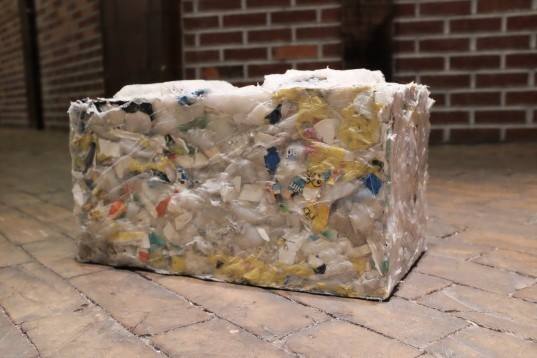
by GaiaInnovations | Oct 17, 2016
ByFusion is a 100% modular technology platform that converts all types of waste plastic into a new building material called RePlast.
Plastic waste has become one of the most pressing environmental challenges of the 21st Century. Globally, we produce over 300 million tons of plastic every year and recycle only 8%.
In the US alone roughly 28 million tons of plastic is sent to landfills every year at the staggering cost of over $1.5 billion dollars annually.
We envision a future where communities can put their plastic waste to work – building infrastructure, housing, and municipal projects. Imagine using all of the plastic waste we see littering our roadways, parks, neighborhoods and oceans to rebuild our communities without long processing times, labor-intensive overhead, or toxic output. Now we can. With ByFusion, the future is now.
This information comes from the website of ByFusion.
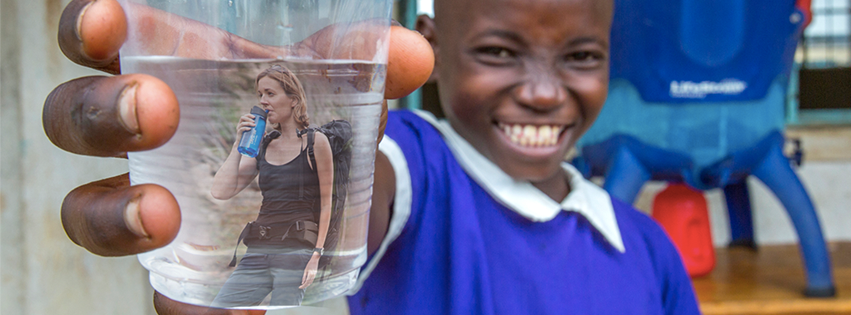
by GaiaInnovations | Oct 16, 2016
Award-winning LifeStraw technology was originally introduced in 2005 as an emergency response tool to filter water contaminated following natural disasters.
The LifeStraw team is committed to redefining the safe drinking water space through technology innovation and product quality and design. In doing so, our work is driving sustainable access to safe drinking water by engaging governments, donors, and individual consumers to understand the problem and become an active part of the solution.
How does the LifeStraw work?
The LifeStraw uses hollow fibre micro filtration to mechanically remove contaminants down to 0.2 microns. Imagine really small tubes with even smaller pores that trap contaminants, but allow water to flow through. You can stick the LifeStraw directly into a river, lake, stream or other open, fresh water source and drink water directly from the straw! This means that dirty water goes into the LifeStraw, microorganisms are physically removed and safe drinking water comes out.
All LifeStraw products do not use chemicals, do not require pumping and do not require any energy input (like batteries).
This information comes from the website of LifeStraw.
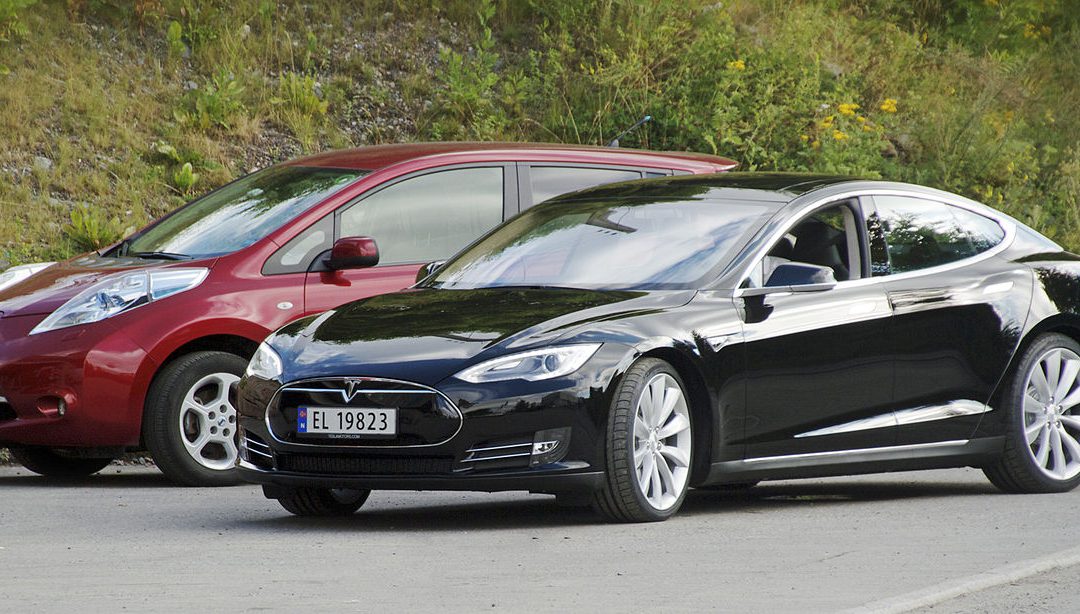
by GaiaInnovations | Oct 13, 2016
The fleet of plug-in electric vehicles in Norway is the largest per capita in the world, with Oslo recognized as the EV capital of the world.
As of July 2016, the market concentration was 21.5 registered plug-in cars per 1,000 people, 14.2 times higher than the U.S., the world’s largest country market. Norway’s fleet of electric cars is one of the cleanest in the world because 98% of the electricity generated in the country comes from hydropower. In March 2014, Norway became the first country where over one in every 100 passenger cars on the roads is a plug-in electric, and the segment’s market penetration passed 3% in December 2015.
The stock of light-duty plug-in electric vehicles registered in Norway totaled 121,330 units at the end of September 2016, making the country the fourth largest plug-in market in the world after the U.S., China and Japan. As of September 2016, the Norwegian fleet of plug-in electric vehicles consist of 92,813 all-electric passenger cars, 26,225 plug-in hybrids, and 2,292 all-electric vans. The total stock includes more than 14,000 used imported electric cars from neighboring countries. The Norwegian plug-in electric vehicle market share of new car sales has been the highest in the world for several years, reaching 22.4% in 2015, up from 13.8% in 2014. The highest-ever monthly market share for plug-in electric segment was achieved in March 2016 with one in three passenger cars registered being a plug-in electric car (33.5%). Registrations of light-duty plug-in electric vehicles in Norway passed the 100,000 unit milestone in April 2016. Norway is the largest European market for both the Nissan Leaf and the Tesla Model S.
Among the existing government incentives, all-electric cars and vans are exempt in Norway from all non-recurring vehicle fees, including purchase taxes, and 25% VAT on purchase, together making electric car purchase price competitive with conventional cars. Also, the government approved a tax reduction for plug-in hybrids in effect starting in July 2013.
Read the rest of the article in Wikipedia.
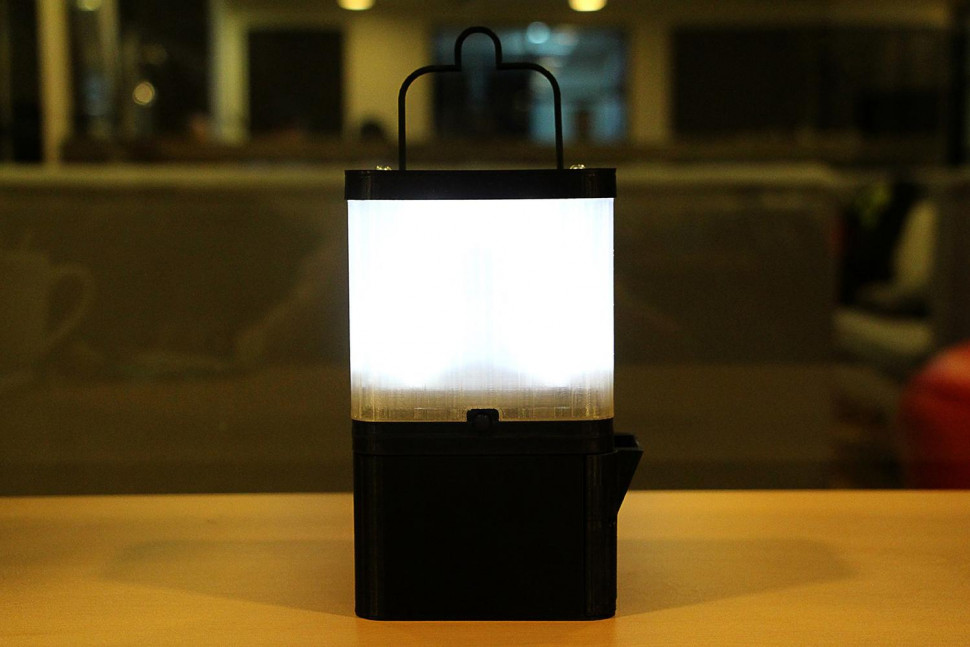
by GaiaInnovations | Oct 8, 2016
Sustainable and cost effective ecologically designed lamp activated by water and salt.
The salinity of ocean-water can operate your lamp. Use the ocean-water to power up your lamp and it will give you 8 hours of running-time. Salinity is expressed by the amount of salt found in 1,000 grams of water. The average ocean salinity is 35 parts per thousand. Store ocean-water in bottles and use them to power up you lamp anytime, anywhere.
In disaster situations such as super typhoons, earthquakes — a steady supply of food, drinking water and sustainable light source is very essential. This lighting option also does not emit harmful gasses and leaves minimal carbon footprint making it very environmentally friendly.
We want to eliminate the sustaining cost in areas that rely on kerosene lamps as their main source of lighting. Replace consumable every 6 months! Using SALt lamp 8 hours a day, with proper maintenance, will give you an anode lifespan of 6 months. Use this as an alternative light source will prolong the life of your anode for more than a year.
There are no materials and components inside the lamp that may cause fire accidents. One less thing to worry about for families that rely on kerosene lamps as their main source of lighting. This lamp uses the science behind the “Galvanic cell,” the basis for battery-making, changing the electrolytes to a non-toxic, saline solution — making the entire process safe and harmless.
This information comes from the website of SALT.








